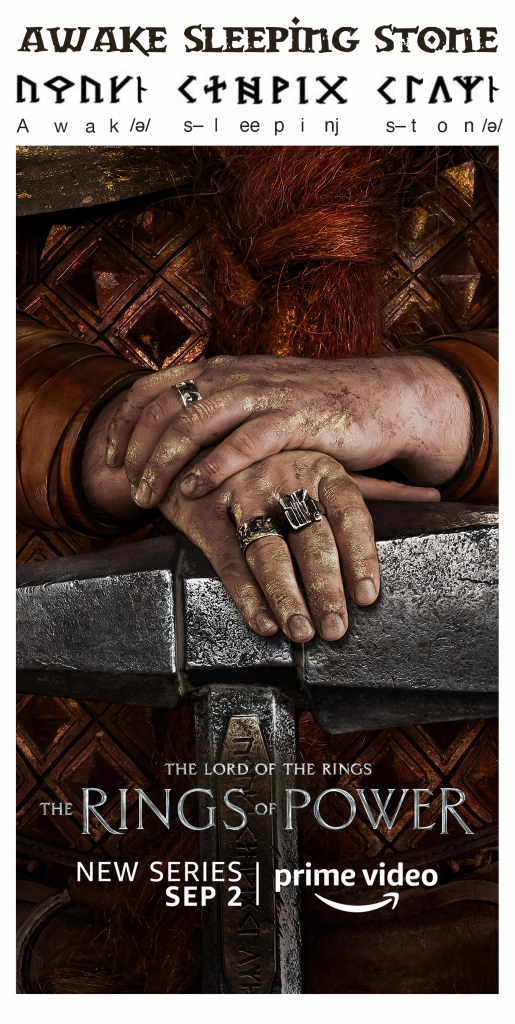Hear that sound of swords clashing, of cries from the battlefield? It can only mean one thing – March Madness is here! Time to decide where your allegiance lies… This year, TheOneRing.net brings you Middle-earth March Madness 2024: Magical Moments.
Our ‘Regions’ are made up of moments where magic occurs, in The Hobbit and in the three parts of The Lord of the Rings. From the reading of moon runes to the secrets of Galadriel’s mirror; from Gandalf’s return in white, to the resurgence of the White Tree – what exactly constitutes magic in Middle-earth? Which beings have magical abilities, and what are the most compelling moments when they use those powers? YOU decide!
TORn’s volunteer staffers have voted and come up with a ‘long list’ of 64 events (16 from each book), which have been seeded based on staff votes. These moments have abbreviated titles on our bracket graphic, due to space limitations; but here’s the complete list in full (listed in their seeding order):
The Hobbit Division
- Moon Runes Appear on Thrain’s Map
- Bilbo’s Ring Turns Him Invisible
- The Last Light of Durin’s Day Reveals the Keyhole
- Orcrist and Sting Glow Blue
- The Trolls Turn to Stone at Sunrise
- The Black Arrow Strikes Home/Takes Down Smaug
- Beorn Shape Shifts
- Mirkwood Elven Feasts Disappear and Leave Intruders Stunned
- The Arkenstone Shines with a Brilliant Inner Light
- Beorn Has Highly Hospitable Animals
- Mirkwood’s Enchanted River Leads to Bombur’s Long Nap
- The Eagles Arrive at the Battle of Five Armies
- Smaug is a Good Conversationalist
- The White Council Dislodges the Necromancer
- Troll William’s Purse Talks
- Sentient Spiders React Poorly to Name-Calling
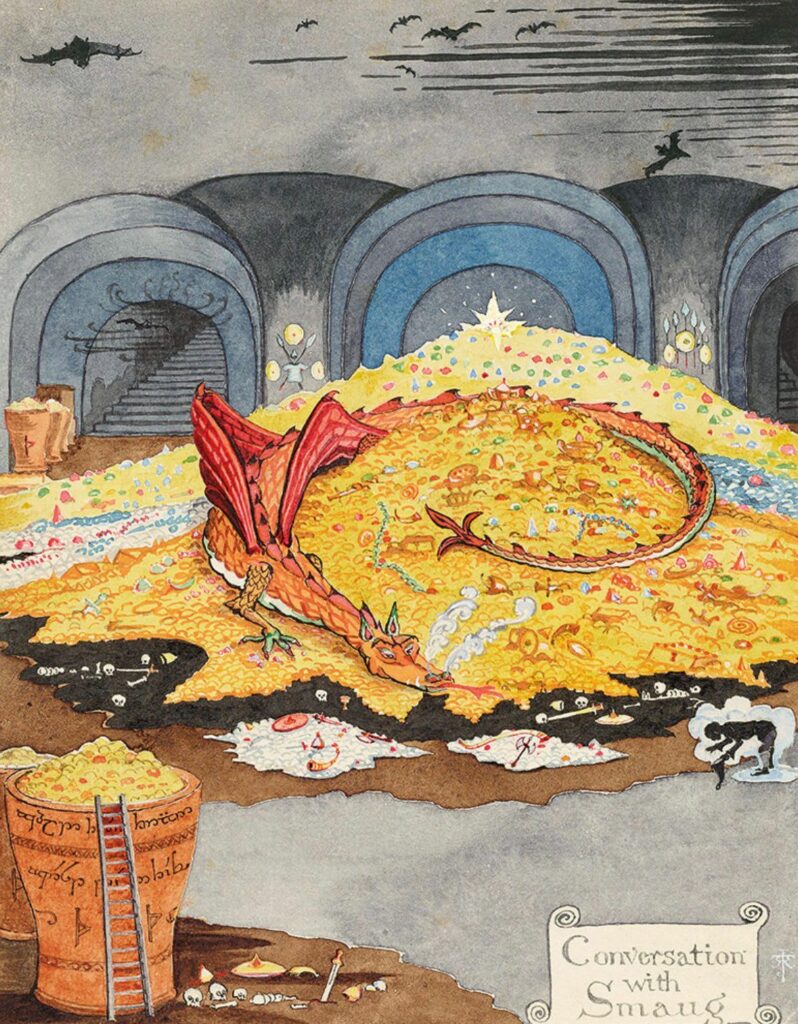
The Fellowship of the Ring Division
- Bilbo Vanishes at His Birthday Party
- Gandalf Adds Wild Water Horses at the Flood of the Bruinen
- Galadriel Has Psychic Mind-Probing Power
- Gandalf Puts On a Spectacular Fireworks Show
- Durin’s Doors Open at the Right Password
- Gandalf Confronts the Balrog with Glamdring and the Flame of Anor
- The Mirror of Galadriel Proves Perilous
- Boromir’s Horn Echoes Throughout Gondor
- Mithril Mail Stops a Cave Troll Spear
- Lorien’s Time Flows Differently
- Gandalf Is a Moth-Whisperer
- The Elven Tonic Miruvor Cures the Cold
- Frodo Can See All the Way to Mordor from Amon Hen
- Tom Bombadil Does a Parlor Trick with the One Ring
- Narsil Is Reforged to Become Anduril
- Tom Bombadil Responds to His Rescue Song
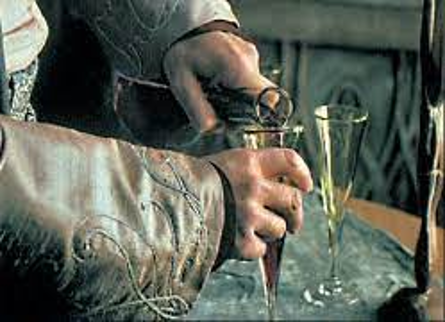
The Two Towers Division
- Gandalf the White Returns from the Dead
- The Palantir Snares Pippin
- Gandalf Heals Theoden from Saruman’s Curse
- Elven Cloaks Hide Their Wearers Very Well
- Hithlain Rope Comes When It’s Called
- Lembas Sustain the Fellowship on Their Quest
- Growing Hobbits Drink Ent Draught
- Shadowfax Can Run Really Really Fast
- Elven Boats Are Unsinkable Even After Rauros
- Saruman Upgrades Regular Orcs to Uruk-Hai
- Faramir Dreams of Boromir’s Death
- The Tower of Orthanc Is Indestructible Even for Ents
- Enraged Ents in battle
- Don’t Mess with the Huorns
- Aragorn Ages Well
- The Dead Marshes Have Party Lights
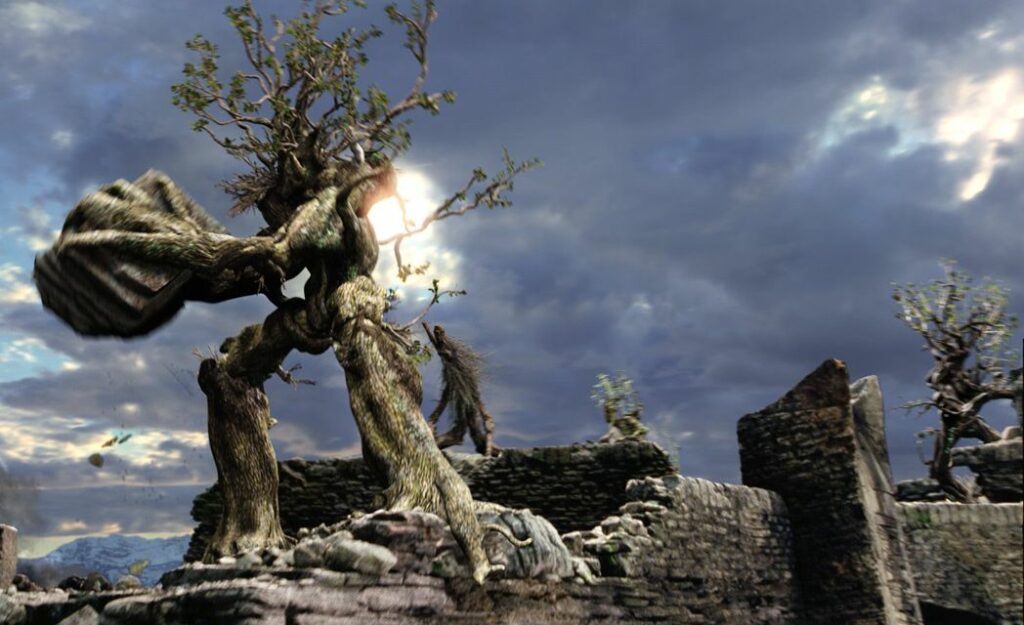
The Return of the King Division
- The Witch King Is Destroyed by “No Man”
- The Army of the Dead Is Summoned at the Stone of Erech
- The Phial of Galadriel Stops Shelob
- Athelas Will Cure Whatever Ails You
- Turns Out You Can Destroy the One Ring (aka the power of Mount Doom!)
- Elven Ships Leave Middle-earth and the Spheres of the World
- Gandalf the White Repels the Nazgul During Faramir’s Retreat
- The Dark Tower Falls
- The Smoke from Orodruin Covers Vast Territory for Days
- Aragorn Wields the Palantir to Confront Sauron
- The Watchers at Cirith Ungol Warn of Spies in Mordor
- Shelob’s Webs Are No Match for Sting
- It Turns Out a New White Tree of Gondor Has Been Growing for Years
- Rohan Arrives on the Pelennor Fields as the Rooster Crows
- Galadriel’s Gift of Soil to Sam Sees the Shire Reborn
- The Witch King’s Sword Is on Fire!
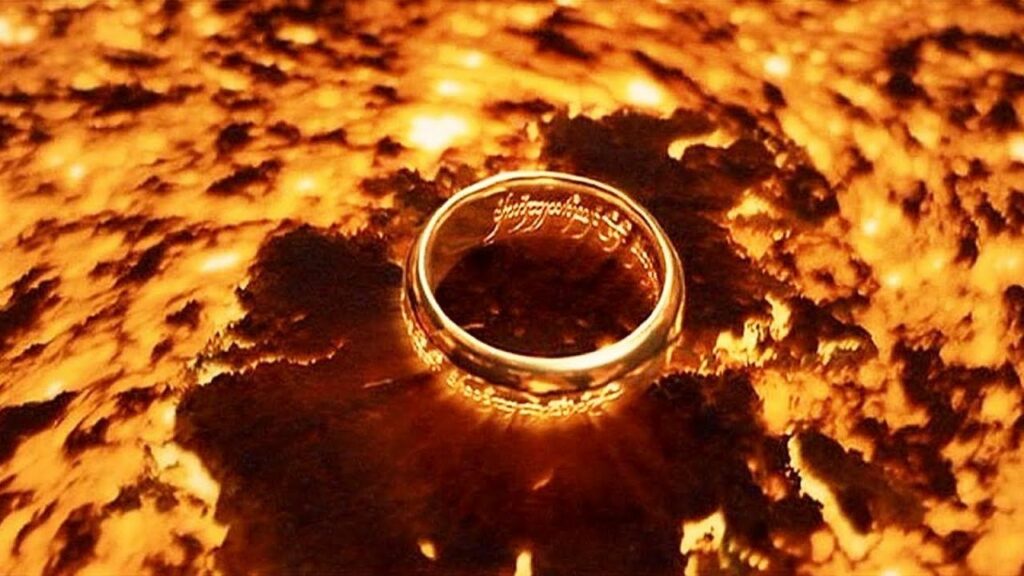
How you decide, of course, is up to you. We expect there may be some debate, out of the moments we have chosen, about which are actually ‘magic’. How/what defines such power, and how does it operate in Middle-earth? And for the moments you believe ARE magical – how do you choose your favourite? Will your votes be based on how these moment are described in Tolkien’s writing? Perhaps you have preferences based on childhood memories of Rankin Bass cartoons… Or maybe you’ll just toss a coin! It’s up to you; but however you decide, now is the time to place your votes!
How does it work, you ask? Simple! Click on one of the orange division buttons below. Then click the ‘Vote Now’ option that appears above the divisional bracket. This year, as with last year, you get to vote in each divisional match-up in one convenient and visual interface. Note – you need to click each division to vote in their respective brackets. So let’s get voting!

You have until the end of the day Thursday March 21st to vote in Round One; on Friday 22nd we’ll announce winners and open voting for Round Two! Join us for TORn Tuesday, where we’ll discuss and debate March Madness 2024; let the games begin!



